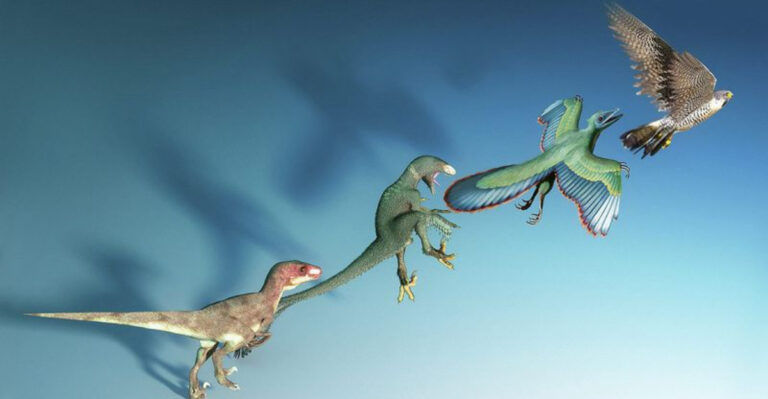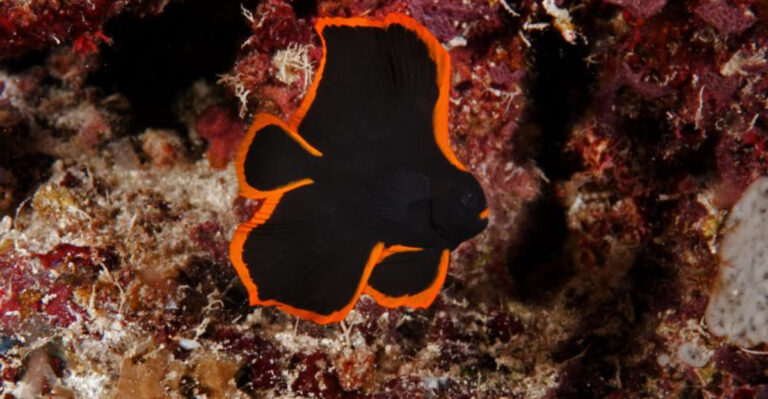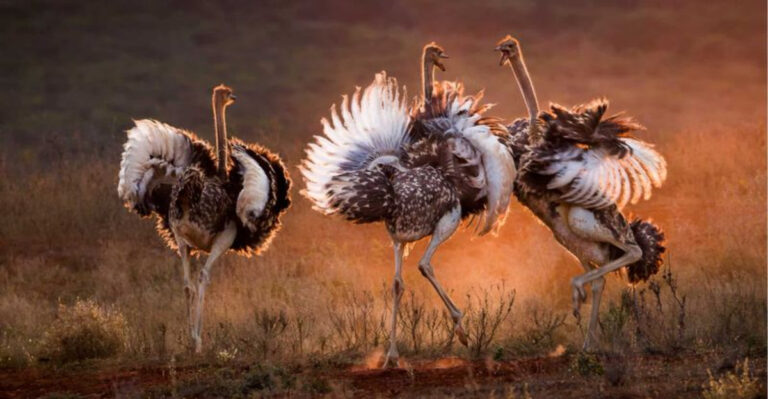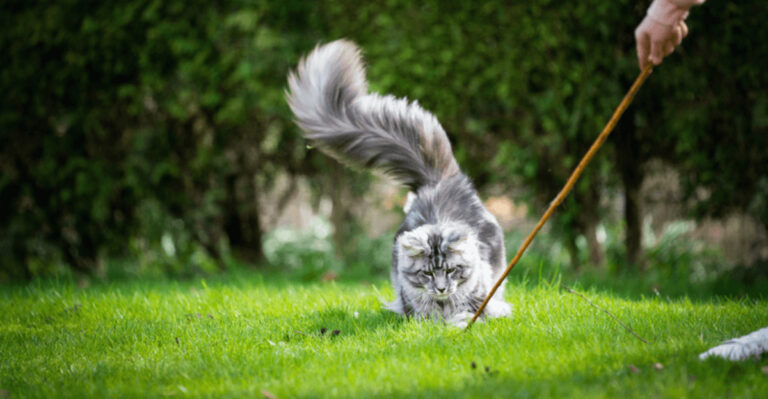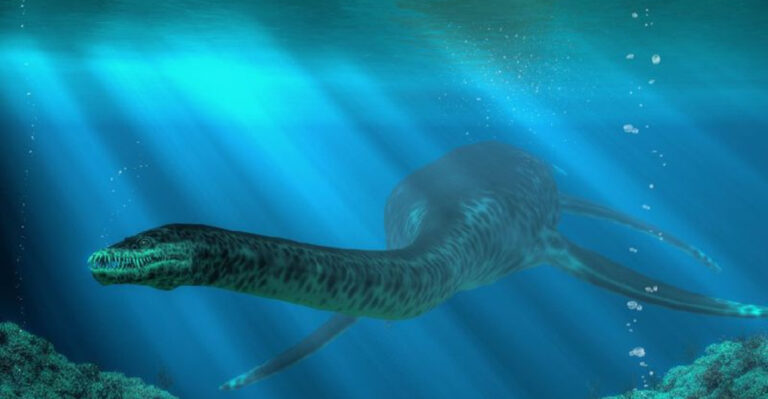15 Fascinating Animals That Don’t Have Bones
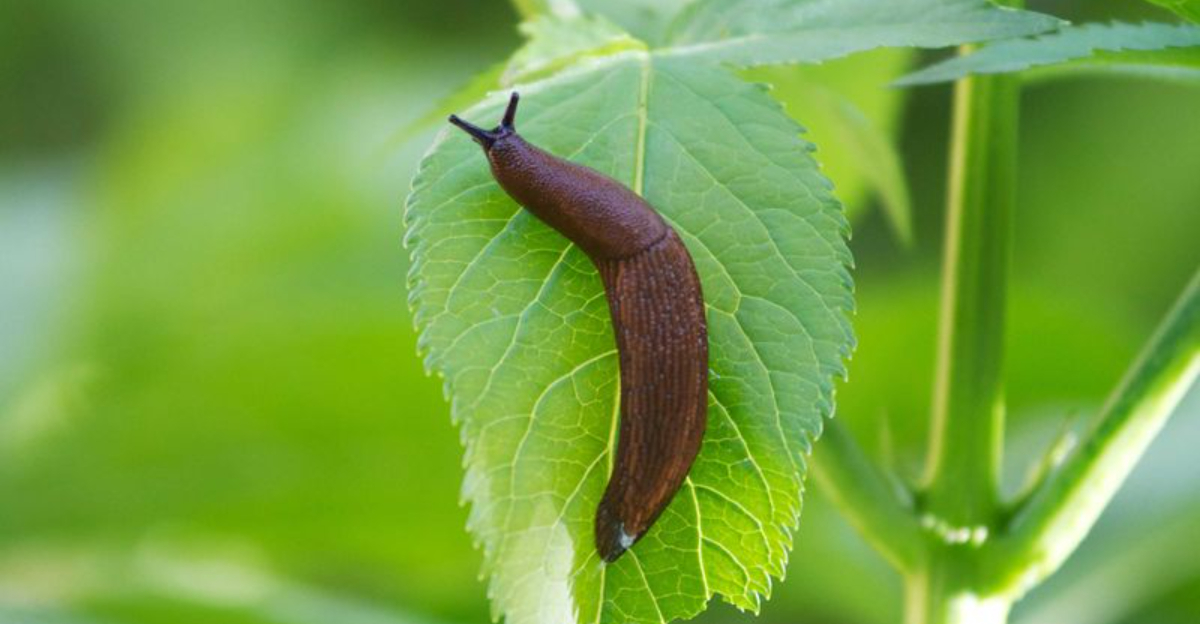
Ever wondered what animals can live without bones? Believe it or not, some creatures thrive without a single bone in their body!
These fascinating animals have developed unique features, from squishy bodies to flexible structures, to survive in their environments.
Let’s dive into the world of these boneless wonders and discover how they manage to live, move, and thrive without the skeletons we rely on!
1. Octopus
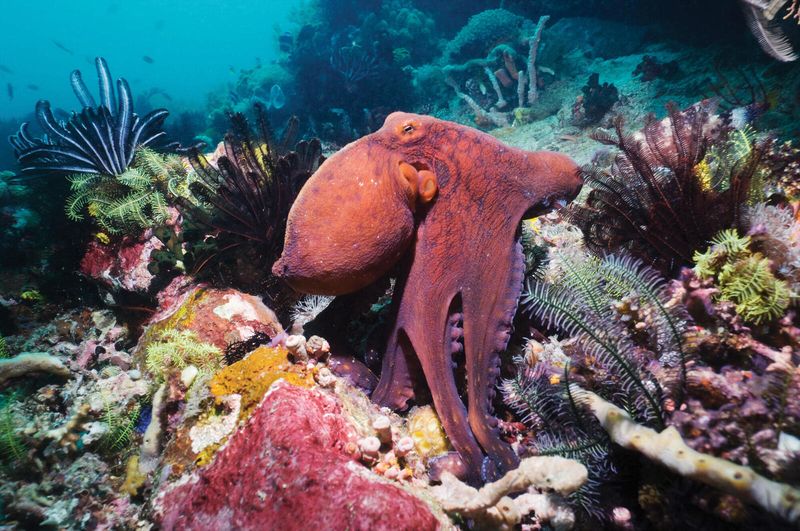
Imagine having eight arms and the ability to change color on a whim! The octopus is a master of disguise, blending into its surroundings like a living chameleon of the sea.
Their flexible bodies allow them to squeeze through tight spaces with ease, making them the escape artists of the ocean!
2. Jellyfish
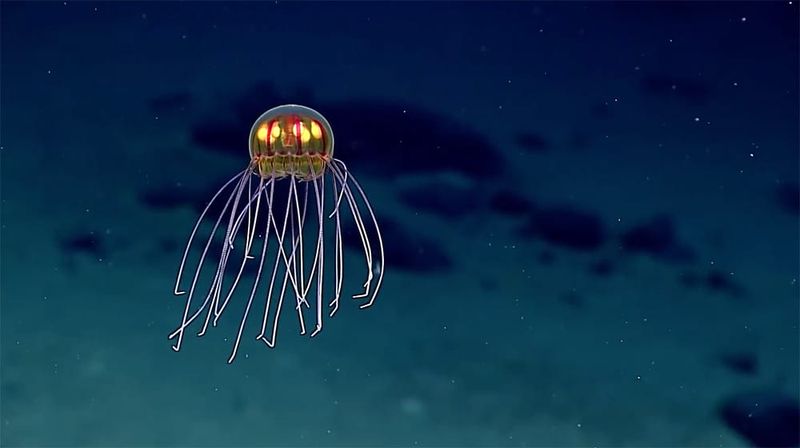
Floating through the ocean like a living lava lamp, jellyfish are as mesmerizing as they are mysterious. With bodies that are 95% water, they drift gracefully, propelled by the rhythmic pulsing of their bell.
Despite their ghostly appearance, jellyfish pack a powerful sting, using their tentacles to catch prey.
3. Earthworm
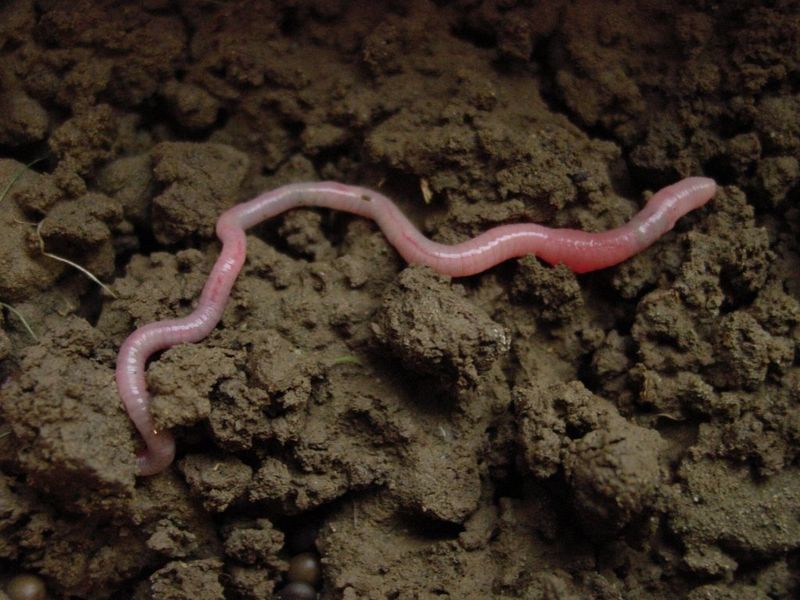
Turning soil into black gold, earthworms are the unsung heroes of the garden. With no bones to hold them back, they can burrow through earth with ease, improving soil structure and fertility.
They might not have eyes or ears, but they can sense light and vibrations, making them masters of underground navigation.
4. Slug
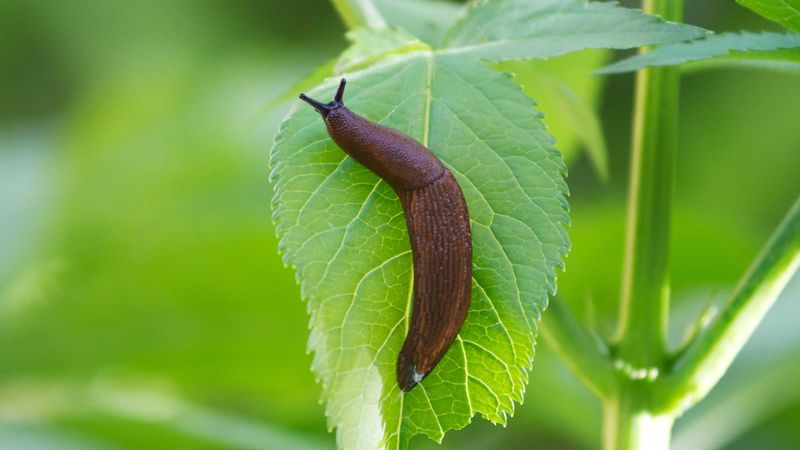
Forget snails; slugs are the real mavericks of the mollusk world, living life without the weight of a shell. These slow-moving creatures navigate their environment using a trail of slime, which also protects their soft bodies.
Though often considered pests, slugs play a crucial role in the ecosystem by breaking down decaying matter.
5. Sea Cucumber
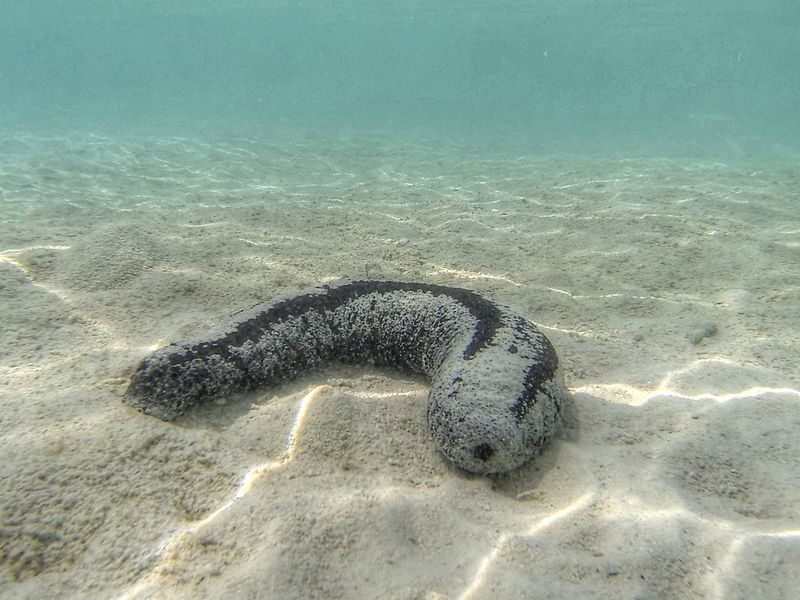
You might not think of a cucumber as an animal, but sea cucumbers are fascinating echinoderms that live on the ocean floor.
They look more like squishy tubes than creatures, but they have a unique method of defense. When threatened, sea cucumbers can expel their internal organs to distract predators.
6. Starfish
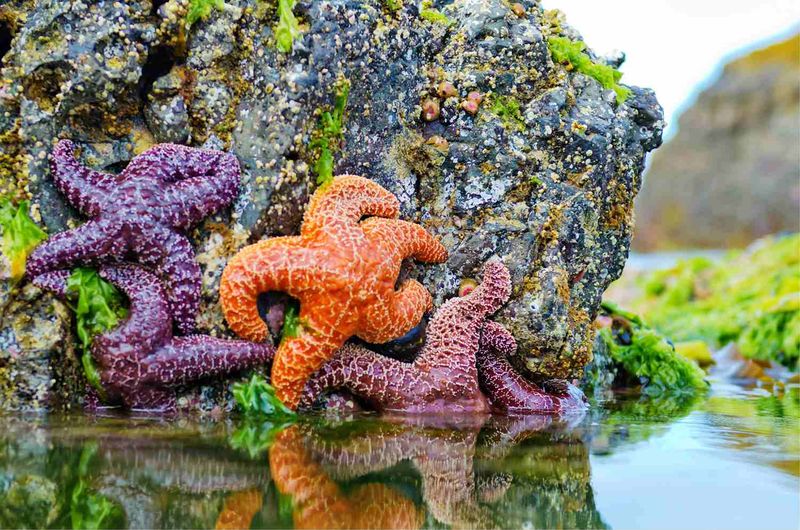
With arms that regenerate and a look straight out of a storybook, starfish are the showstoppers of the shore. These echinoderms have a unique water vascular system that helps them move and capture food.
Despite having no brain or blood, their impressive ability to regenerate arms is essential for survival in the wild.
7. Cuttlefish
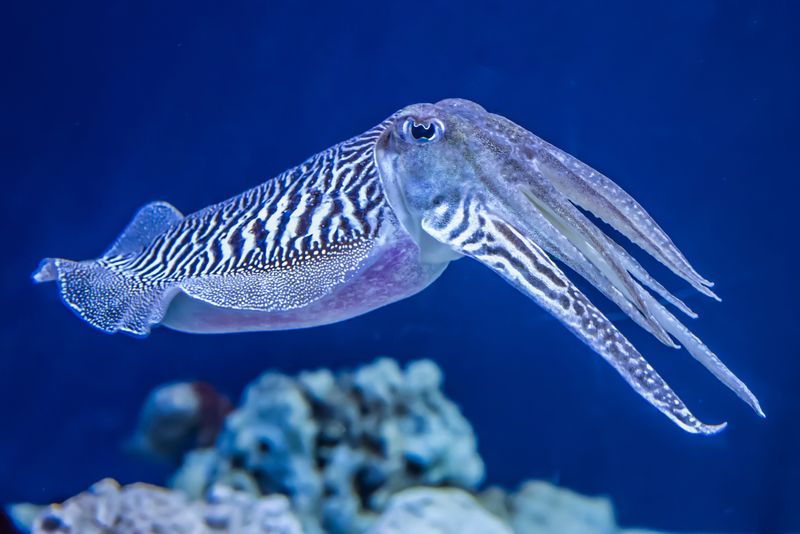
If there were a chameleon of the sea, the cuttlefish would take the crown. With skin that can change color, texture, and pattern in an instant, they are the ultimate masters of disguise.
Their W-shaped pupils give them impressive vision, and they use jet propulsion to dart through the water, showcasing agility and grace.
8. Snail
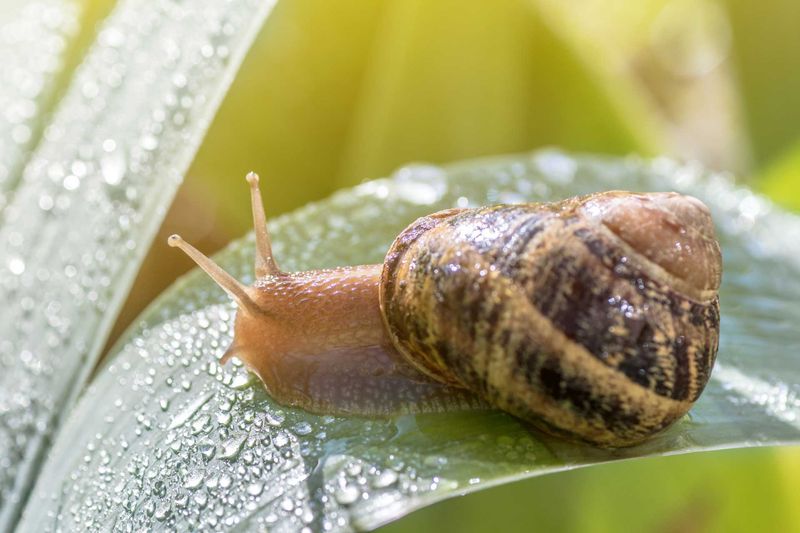
Snails carry their homes on their backs, making them the original tiny house travelers. These gastropods move with a slow, rhythmic pace, using a layer of mucus to glide over surfaces.
Despite their sluggish reputation, snails play a vital role in the ecosystem by recycling organic matter.
9. Squid
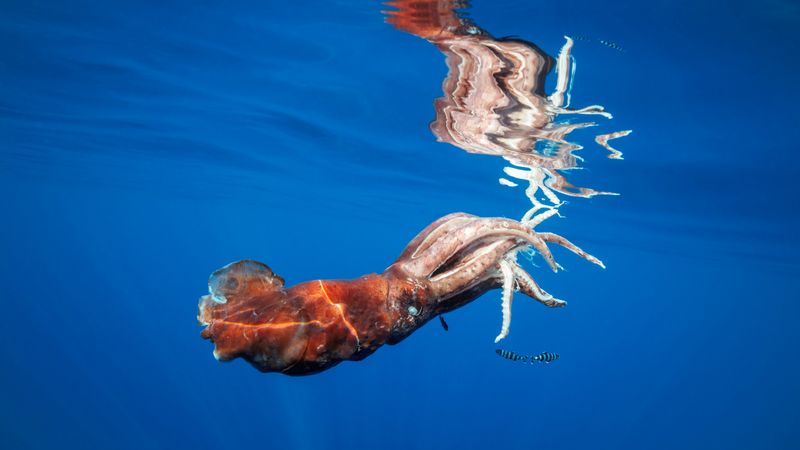
Using jet propulsion, squids are the speedsters of the sea, moving with lightning-fast agility. Long, torpedo-shaped bodies allow them to slice through water effortlessly.
Ink sacs enable them to create a smokescreen, quickly evading predators.
10. Flatworm

Flatworms are the kaleidoscopes of the ocean, boasting vibrant colors and intricate patterns that dazzle the eyes. These simple invertebrates move by gliding along surfaces, thanks to tiny hair-like structures called cilia.
Though lacking a complex nervous system, flatworms use chemical sensors to find food, proving that sometimes less is more!
11. Anemone
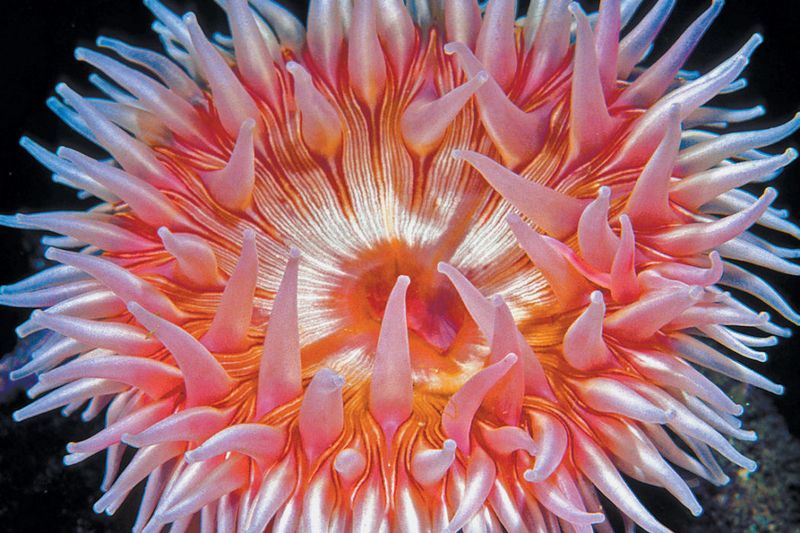
With tentacles that wave like delicate fingers in the ocean current, sea anemones are the flowers of the sea. These stationary predators use their stinging cells to capture prey and defend against threats.
Their vibrant colors and graceful movements make them a captivating sight in any underwater landscape.
12. Sea Urchin
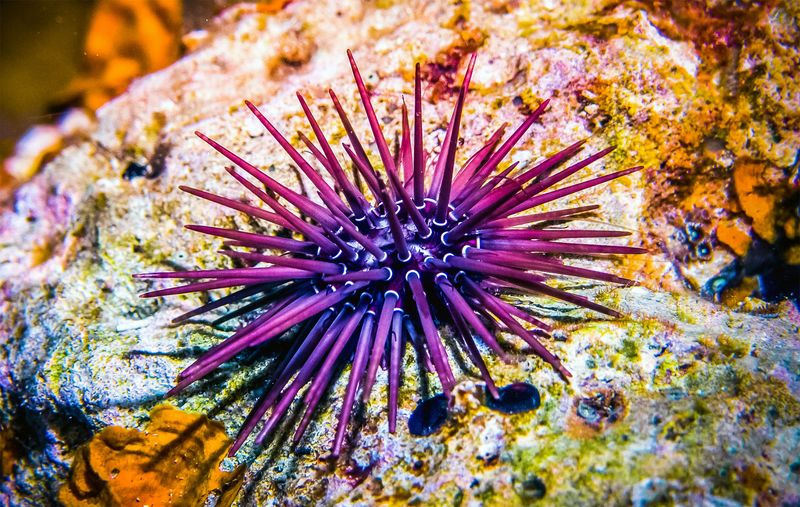
Sea urchins are the hedgehogs of the ocean, with spines that deter predators and help them move across the seafloor. These echinoderms have a unique feeding apparatus called Aristotle’s lantern, used to scrape algae and plant matter.
Despite their prickly appearance, sea urchins play a crucial role in maintaining marine ecosystems by controlling algae growth.
13. Barnacle
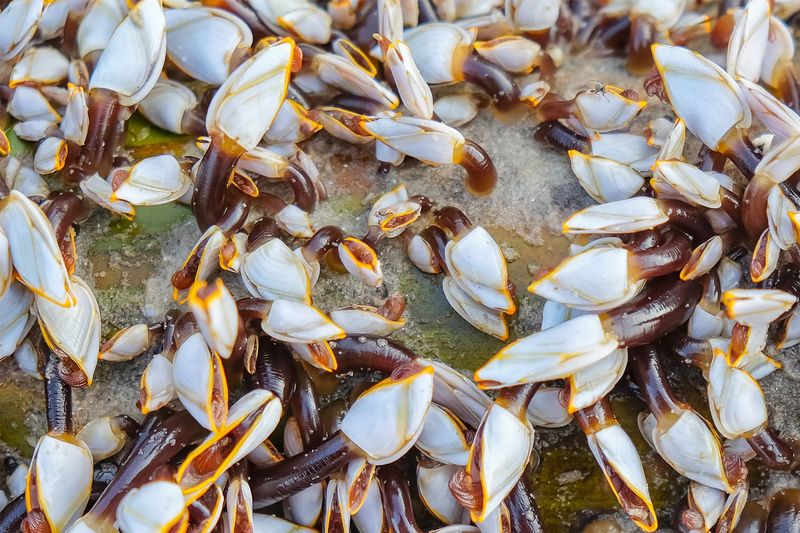
Barnacles might seem like simple crustaceans, but these filter feeders are experts at staying put. They attach themselves to surfaces using a strong adhesive, forming calcareous shells for protection.
Their feather-like appendages catch plankton from the water, providing them with sustenance.
14. Nudibranch
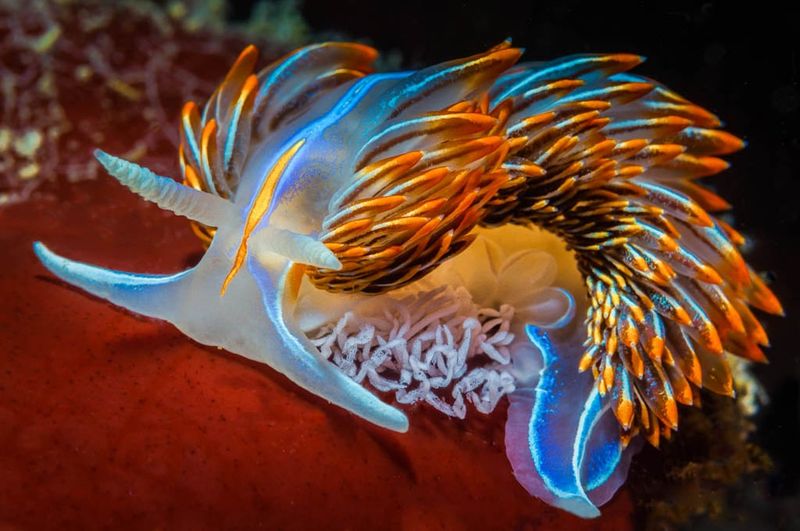
With vibrant colors and intricate patterns that rival the most exotic fish, nudibranchs are the rainbows of the sea. Soft-bodied mollusks, they have evolved to shed their shells, relying on toxins for defense instead.
Exposed gills allow them to absorb oxygen from the water while showcasing their beauty, and their diet often includes sponges and other toxic prey, which provide their own chemical defenses.
15. Leech
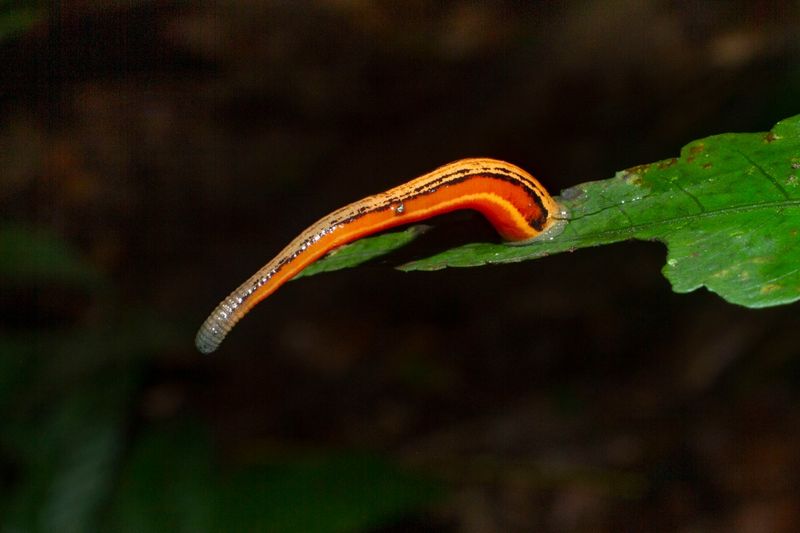
Leeches may have a reputation for being bloodsuckers, but they’re more than just creepy crawlies. These segmented worms have been used in medicine for centuries, aiding in blood circulation and wound healing.
They’re found in freshwater habitats and moist environments, where they play a role in the ecosystem as both predator and prey.

